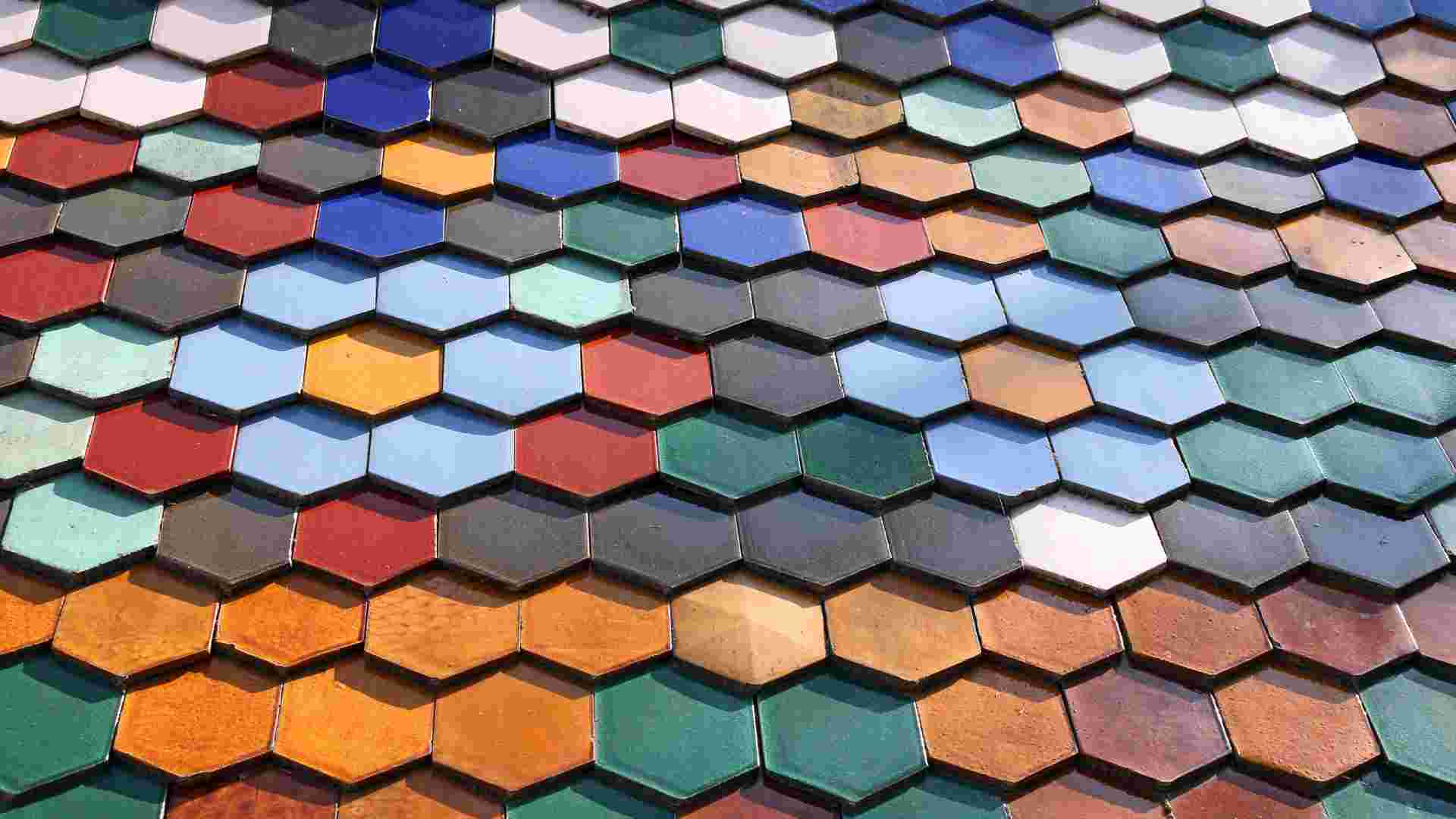![]()
DGFT’s Participation in Global Trade Agreements: A Portal to Opportunities for Ceramic Honeycomb Exporters
In the ever-evolving landscape of international trade, the Directorate General of Foreign Trade (DGFT) plays an essential role in shaping the economic destiny of nations. DGFT’s involvement in international trade agreements can be a game-changer for exporters of specialised goods like ceramic honeycombs, offering new avenues for growth and market expansion. This blog will explore the DGFT’s Role in International Trade Agreements: A Gateway to opportunities for Ceramic Honeycomb Exporters.
1. Understanding Ceramic Honeycombs:
Ceramic honeycombs are intricate structures with a variety of applications, ranging from catalytic converters in automobiles to industrial filtration systems. These products require a specialised market, and international trade agreements can provide the necessary platform for exporters to showcase their offerings to a global audience.
2. DGFT’s Role in International Trade Agreements:
Tariff Reductions and Elimination:
- One of the main benefits of international trade agreements facilitated by DGFT is the reduction or elimination of tariffs. Reduced tariffs make ceramic honeycombs more competitive in the global market, as the cost of importing these goods decreases for foreign buyers. Exporters can leverage these agreements to enhance their price competitiveness and gain a stronger foothold in international markets.
Market Access:
- DGFT’s involvement in trade agreements often leads to improved market access for exporters. Through negotiations and mutual agreements, barriers to entry are lowered, providing ceramic honeycomb exporters with the opportunity to explore new markets that may have been previously inaccessible. This expansion can significantly contribute to increased sales and revenue.
Regulatory Harmonisation:
- International trade agreements facilitated by DGFT often involve the harmonisation of regulations and standards. For ceramic honeycomb exporters, this means facing fewer hurdles related to compliance and certification when entering foreign markets. A standardised regulatory environment simplifies the export process, making it more efficient and cost-effective.
Trade Facilitation Measures:
- DGFT’s involvement extends to implementing trade facilitation measures that streamline the export process. This includes simplifying documentation requirements, expediting customs procedures, and reducing bureaucratic red tape. Such measures enhance the ease of doing business for ceramic honeycomb exporters, enabling them to navigate international markets with greater efficiency.
Access to Preferential Trade Agreements (PTAs) and Free Trade Agreements (FTAs):
- DGFT actively engages in negotiating and signing PTAs and FTAs. These agreements provide preferential treatment to signatory countries, offering ceramic honeycomb exporters favourable conditions compared to non-signatory competitors. Being part of these agreements gives exporters a competitive edge, fostering a conducive environment for business growth.
3. Opportunities for Ceramic Honeycomb Exporters:
Diversification of Markets:
- DGFT’s efforts in international trade agreements pave the way for ceramic honeycomb exporters to diversify their target markets. By tapping into regions with high demand for environmental solutions, such as Asia-Pacific or Europe, exporters can capitalise on the growing need for catalytic converters and industrial filtration systems.
Competitive Pricing Strategies:
- With tariff reductions and elimination facilitated by DGFT, ceramic honeycomb exporters can adopt more competitive pricing strategies. Lower costs of production, combined with reduced import tariffs in target markets, enable exporters to offer their products at attractive prices, gaining a competitive advantage over rivals.
Innovation and Technology Transfer:
- Participation in international trade agreements can facilitate the exchange of technological know-how and innovation. Ceramic honeycomb exporters may benefit from advancements in manufacturing processes or product design, enhancing their competitiveness in the global market. Collaboration with international partners can lead to mutually beneficial outcomes.
Long-Term Sustainability:
- DGFT’s involvement in sustainable trade practices and agreements aligns with the global shift towards environmentally friendly solutions. Ceramic honeycomb exporters, contributing to cleaner air and industrial processes, can position themselves as champions of sustainability. This not only meets market demands but also ensures long-term relevance and success.
Conclusion:
In conclusion, DGFT’s active role in international trade agreements presents a wealth of opportunities for ceramic honeycomb exporters. From tariff reductions to market access and regulatory harmonisation, these initiatives create an enabling environment for exporters to thrive on a global scale. By strategically leveraging these opportunities, ceramic honeycomb exporters can not only expand their market presence but also contribute to a more sustainable and interconnected global trade landscape.





